Bringing a pet into your home is an exciting experience that comes with its fair share of responsibilities. One of the most important responsibilities that comes with having a pet is training. From the beginning of owning a pet, investing time in proper training helps build a bond between you and your pet and also lays the foundation for a safe, happy, and well-behaved companion.
However, knowing where to begin can feel overwhelming. Should you focus on teaching your pet to sit or stop chewing furniture? Is crate training necessary? And what on earth is clicker training? These are common questions many new pet parents face, and this guide is here to help you navigate them, especially as a first-time pet owner.
In this step-by-step guide, we will explore the essentials of pet training, from basic commands like “sit” and “stay” to crate and leash training, house manners, and positive reinforcement techniques. All these will help you set clear boundaries and nurture good behaviour from the start.
Tips for dog and cat training
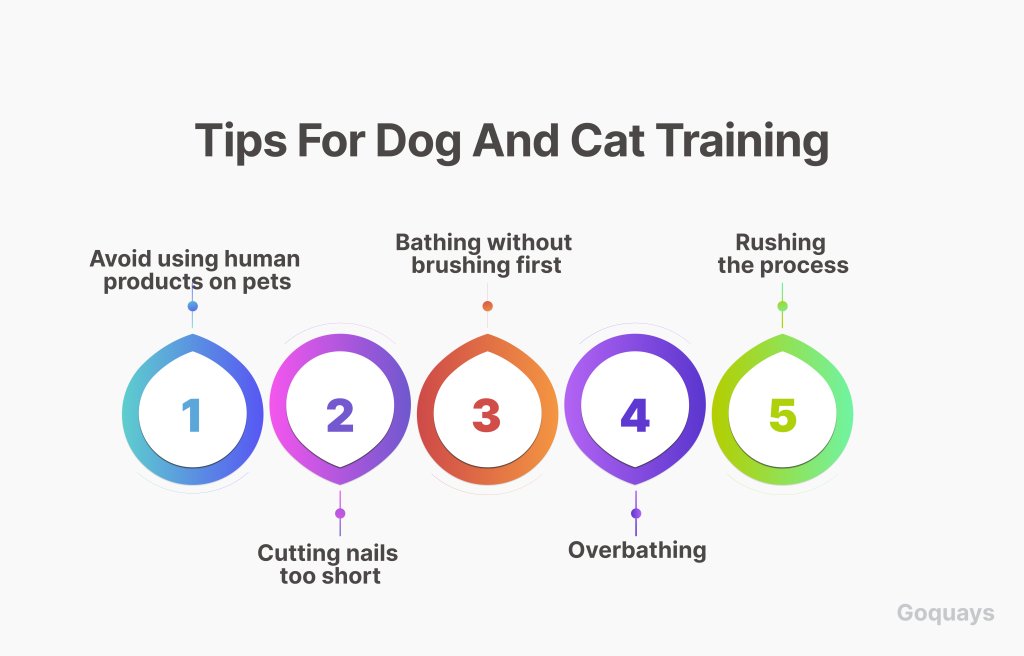
Training your pet combines teaching tricks, creating a structure, encouraging good behaviour and building mutual trust with your pet. By setting these structures early on, you shape how they interact with you, your home, and when they socialise. Here are some tips you should take note of.
- Keep the sessions short and fun: Pets are known for their short attention span, especially when they are young. So it’s important to make their training short, focused training sessions, 5 to 10 minutes for cats and 10 to 15 minutes for dogs. Always end on a positive note with treats, toys, or praise.
- Be consistent with commands: It’s important to say the same words for the same actions to avoid confusing your pets. Be consistent in your tone, words and rewards to help your pet make a connection faster.
- Start the training in a quiet, distraction-free space: Begin the training in a quiet environment. Once you get the grasp of some commands, increase the distractions either with background noise or other people to help them generalise their learning.
- Reward, don’t push: Incorporate positive reinforcements like treats, toys or affection to encourage your pet to repeat good behaviours. Avoid yelling or physical punishment, as it can damage trust or cause anxiety.
Know that cats learn differently: While cats are just as trainable as dogs, they respond better to shorter sessions, gentler cues, and rewards they truly value (like playtime or high-value treats). Training isn’t a one-size-fits-all journey. Stay patient, be flexible, and celebrate the small wins—because they add up over time.
Getting started: Prep before you train
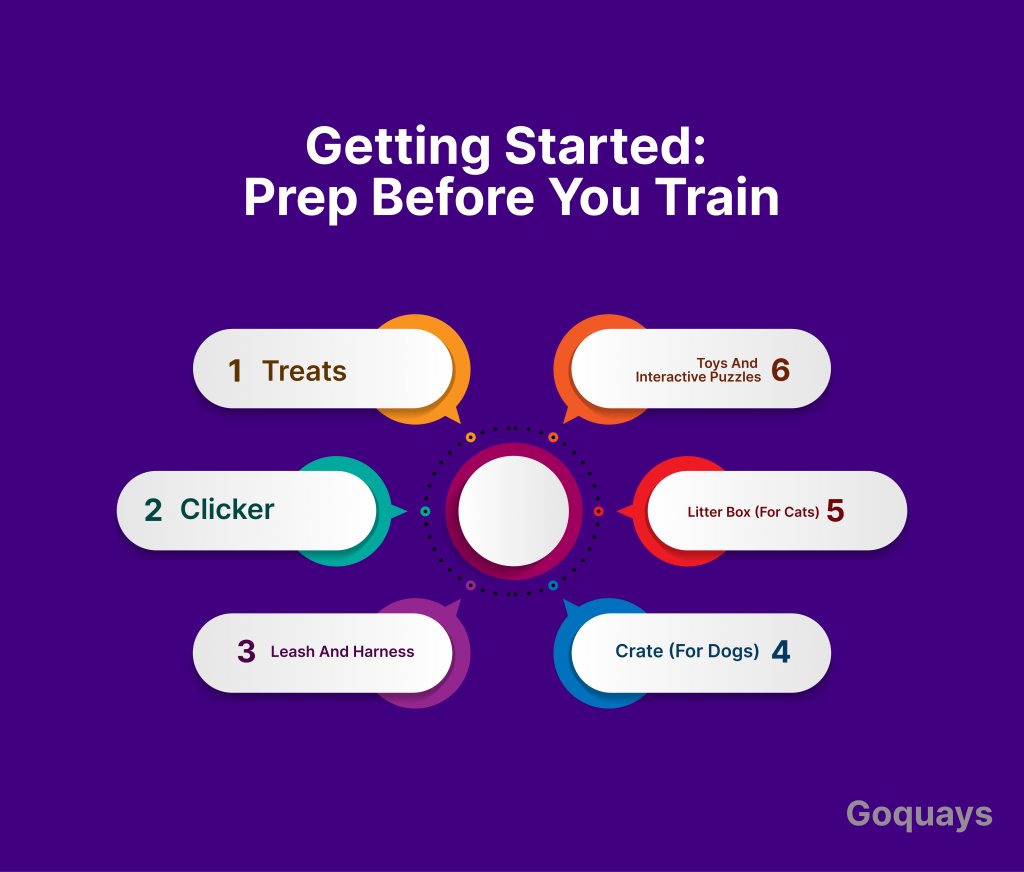
Every successful training journey begins with the right setup. Before teaching your pet any commands or routines, it’s important to gather the essential tools and create a supportive environment that sets the stage for learning.
Training tools you will need;
- Treats: Choose small, soft treats your pet loves; they help reinforce a positive attitude.
- Clicker: A handy tool for marking desired behaviours at the exact moment they happen.
- Leash and harness: It is useful for leash training and reinforcing obedience outdoors.
- Crate (for dogs): A crate can help with house training, create a sense of safety, and encourage independence.
- Litter box (for cats): Ensure it’s clean, accessible, and located in a quiet area for consistent use.
Toys and interactive puzzles: These provide mental stimulation and can be used as training aids or rewards.
Creating the right environment
Choose a quiet, distraction-free space where your pet can focus. Keep sessions short, 5 to 10 minutes at a time for beginnersnand always end each training on a positive note. Establish a daily routine for feeding, playing, and training. Pets thrive on consistency, and predictable schedules help them feel secure.
Also, remember that training is not a one-size-fits-all process. Tailor your approach based on your pet’s age, breed, and temperament. Starting with the right tools, mindset, and environment can make the difference between frustrating sessions and successful breakthroughs.
Basic commands every pet should know
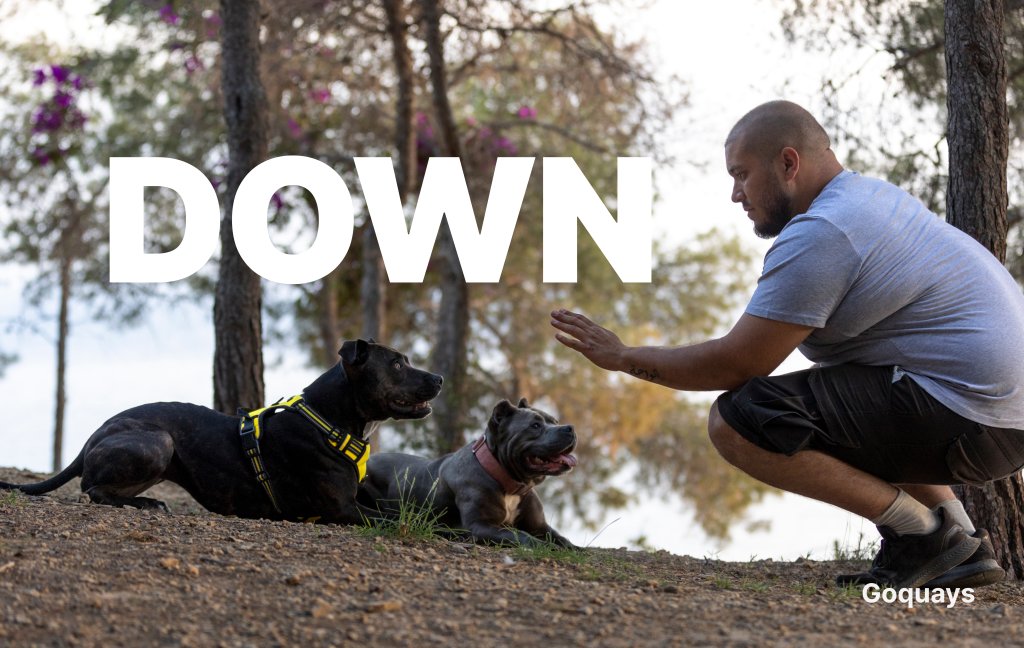
Teaching your pets basic commands is a great way to build a connection with your pet. And with consistent training and commands, it helps them understand what is expected and keeps them safe in any environment.
Start with the basics;
- Sit: One of the easiest commands to teach. Hold a treat close to your pet’s nose and slowly move it upward. As their head follows the treat, their bottom naturally lowers. The moment they sit, say “Sit” and reward them.
- Stay: Once your pet masters “Sit,” introduce “Stay.” Ask them to sit, then open your palm in front of their face and say “Stay.” Step back briefly, then return and reward if they have remained in place. Gradually increase the distance and duration.
- Come: This command is critical for safety. Start indoors with a short distance. Crouch, open your arms, and say “Come” in a cheerful voice. Reward them with a treat and praise when they arrive. Never use “Come” to scold—make it a positive word.
- Down: This is slightly trickier, especially for excitable pets. From a “Sit” position, lower a treat to the ground between their paws. As your pet follows the treat, gently slide it out and away so they can lower themselves completely. Once lying down, say “Down” and reward.
Leave it: This command prevents your pet from picking up dangerous or unwanted items. Hold a treat in your closed fist and let them sniff. When they stop showing interest, say “Leave it” and reward with a different treat from your other hand.
Leash training basics(especially for dogs)
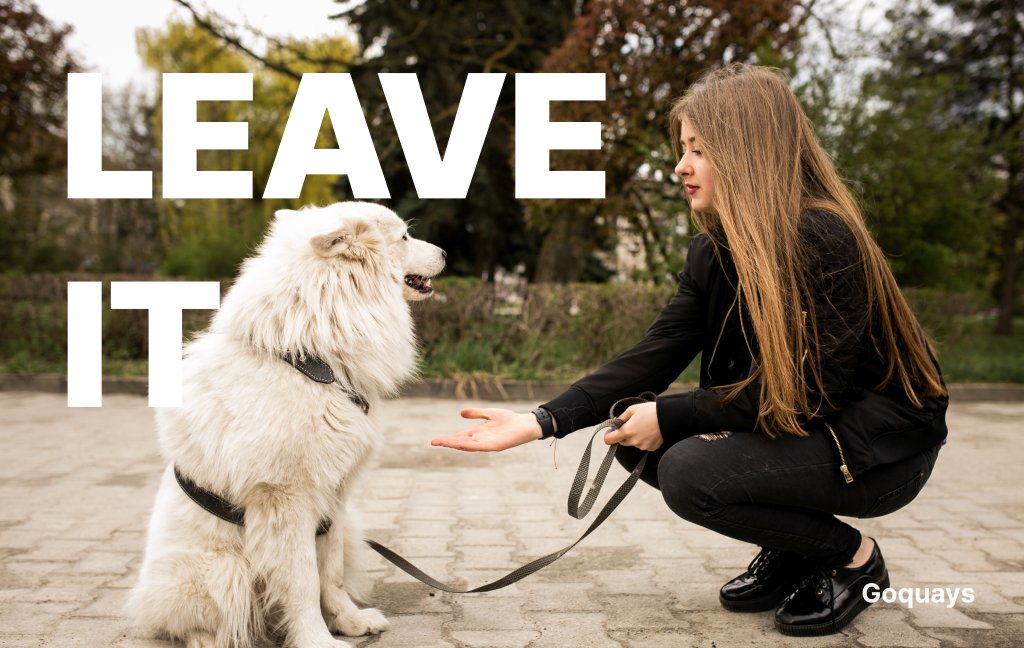
Leash training is another important part of your pet’s development especially for dogs. Here are some basic leash training to follow
- Start by introducing collar or harness to your dog
In indoor space, let your pet wear it for a short period to get comfortable with the feel of it before introducing the leash. Once they are comfortable, attach the leash and let them drag it around under your supervision This helps them adjust to the feeling of light resistance without added pressure.
- The next step is to teach loose-leash walking
In a quiet environment, hold the leash in one hand with a relaxed grip to avoid constant tension. As your pet walks beside you, reward them with treats and praise. If they pull ahead, stop walking and wait. Only move forward again once the leash slackens. This teaches them that pulling gets them nowhere, while staying close gets rewards or it’s the right thing
Use commands like “Let’s go” or “With me” to initiate walking, and keep your energy upbeat. For dogs that are easily distracted, bring high-value treats and be ready to redirect their attention back to you with positive reinforcement.
- Practice this in short periods
For starters, a 5-10 minute session is enough to avoid frustration. You can gradually increase this time by introducing light distractions, little practising on your yard or on a quiet street before evolving to a busy street.
Crate Training

Crate training is a powerful tool for building structure, safety, and independence for your pet, especially for puppies or newly adopted dogs. When introduced properly, the crate becomes a cosy, secure space your pet can retreat to for rest or downtime, not a place of punishment.
Benefits of Crate Training:
- Helps with housebreaking, as most dogs instinctively avoid soiling their sleeping area.
- Offers a safe space during travel, vet visits, or high-stress moments like thunderstorms.
- Reduces the risk of destructive behaviour when you’re not home.
How to Introduce the Crate:
- Choose the right crate size so that your pet should be able to stand, turn around, and lie down comfortably.
- Make it inviting with a soft blanket, a favourite toy, and maybe a chew treat.
- Leave the door open at first and let your pet explore the crate freely—don’t force them inside.
- Begin with short sessions—have your pet go in for mealtime or treat time, gradually increasing the duration.
- Use positive reinforcement. Say a cue like “Crate” and reward them each time they enter willingly.
Tips for Success:
- Keep crate time positive; never use it as a form of punishment.
- Place the crate in a quiet but not isolated part of your home so your pet feels part of the family.
- Be patient. Some pets take longer to adapt than others.
Clicker training
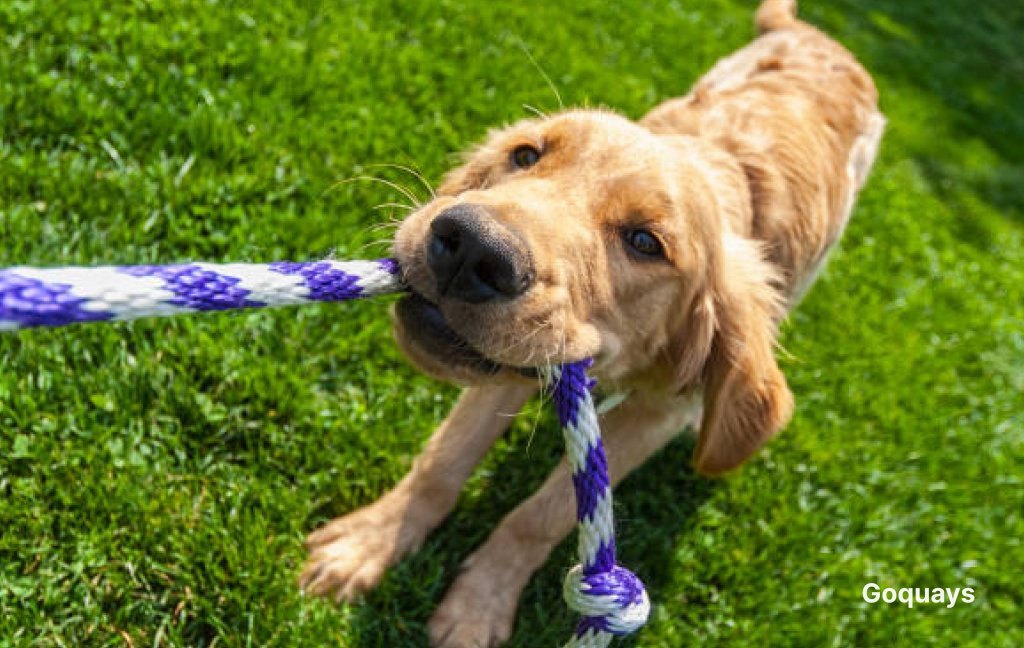
Clicker training is a form of positive reinforcement that uses a small device called a clicker, which makes a distinct “click” sound when pressed. The sound serves as a clear, consistent marker to let your pet know exactly when they’ve done something right.
How clicker training works
At its core, clicker training is about timing. When your pet performs a desired behaviour like sitting, staying, or coming to you, you immediately press the clicker and follow it with a treat. The click signals the precise moment your pet got it right, and the treat reinforces that behaviour. Over time, your pet learns to associate the click with success and becomes more eager to learn.
Getting started
- Charge the clicker: Before training begins, help your pet associate the clicker with good things. Click and treat several times a row without any commands to build the connection.
- Use it with simple commands: Start with basic cues like “sit” or “down.” The moment your pet responds correctly, click, then reward.
- Avoid overusing: Only click once per behaviour. Too many clicks can confuse your pet.
Why it works
Clicker training is clear, non-emotional, and immediate, three things pets respond well to. It helps reduce frustration for both trainer and animal, speeds up learning, and builds confidence in your pet.
Proofing behaviour: Teach your pet to listen anywhere
Proofing behaviour means making sure your pet can perform commands anywhere even in an unfamiliar environment.
Why you need proofing?
Most pets usually associate commands with the specific location it was learned. For example commanding your dog to sit in your living and it obeyed, while your dog may completely ignore the same command in the park. But with proofing, your pet understand that commands they have learned applies to them wherever they are not just familiar places.
How to proof your pet’s behaviour
- Change locations: Practice commands in different rooms of your house, then move to your garden, a friend’s house, or a pet-friendly cafe.
- Add distractions gradually: Introduce distractions one at a time like new people, toys, or other animals and reward your pet for staying focused.
- Vary your voice and body language: Practice giving commands while sitting, standing, or even while turning away slightly to help your pet generalize the behavior.
- Increase distance and duration: Gradually ask your pet to hold a command (like “stay”) for longer periods or from farther away.
Proofing requires patience and repetition, it doesn’t happen overnight.
Common mistakes to avoid when training gets tough

Here are some common mistakes to avoid to keep your pet’s training on track
- Being inconsistent: One of the common mistakes most pet parents fall into is inconsistency. If different family members use different commands, or if you sometimes allow a behavior and other times punish it, your pet will be confused. Consistent words, actions, across everyone in the household are important.
- Skipping the basics: It can be tempting to jump into teaching complex tricks. However, without teaching basic commands like “sit,” “stay,” and “come,” your pet will struggle. Teach the basics before moving on to more advanced training.
- Using punishment instead of positive reinforcement: You are trying to build a bond, yelling, or using physical punishment will get you nowhere and will only damage can damage your bond with your pet and make training more difficult. Focus on rewarding good behaviours rather than punishing mistakes.
- Training too long: Lengthy training sessions can cause your pet to lose focus and become frustrated. Short, fun sessions of 5–15 minutes are far more effective, especially for young animals.
Expecting too much too soon: Training is a gradual process. Some pets learn faster than others, and that’s okay. Celebrate small victories and be patient as your pet builds new skills over time.
When to seek help from a professional trainer
While many pet parents can teach their pets basic commands and good manners at home, there are times when seeking professional help is the best move.
Signs that you need professional help
- Persistent behavioural issues: If your pet consistently shows aggression, excessive fear, separation anxiety, or destructive behaviours despite your best efforts, a professional can help uncover the root cause and create a tailored training plan.
- Lack of progress: If your pet is not responding to basic commands after weeks of consistent training, or if they are getting worse instead of better, it might be time to get a second opinion.
- Specialised training needs: Pets with specific needs, such as service dogs, therapy animals, or pets recovering from trauma, often require specialised techniques that a professional trainer can provide.
- Owner frustration or stress: If training has become a source of stress for you, it’s okay to ask for help. A trainer can offer guidance, fresh strategies, and support to make the process easier and more enjoyable.
Choosing the right trainer
When you want to hire a trainer for your pet, look for a trainer who has experience with your pet’s specific issue and breed. Do not hesitate to ask for testimonials and confirm them by inquiring about the trainer in your pet parent community. You can also observe a training session before committing to the trainer.
Conclusion
Training your pet is one of the most rewarding investments you can make. Not ot just for their behaviour, but for your relationship together. Whether you are house training a new puppy, teaching your cat basic commands, or helping an older pet adjust to new routines, the foundation is always the same: patience, consistency, and positive reinforcement.
Throughout this guide, you have learned essential techniques like leash training, crate training, clicker training, and proofing behaviour to ensure your pet listens anywhere. You’ve also discovered how to navigate common mistakes and when it’s wise to seek professional help. Each of these steps brings you closer to raising a confident, well-mannered pet who trusts and understands you.
No matter where you are starting from, it’s never too late to begin. Stay patient, stay positive, and enjoy every moment of the learning process with your pet.





